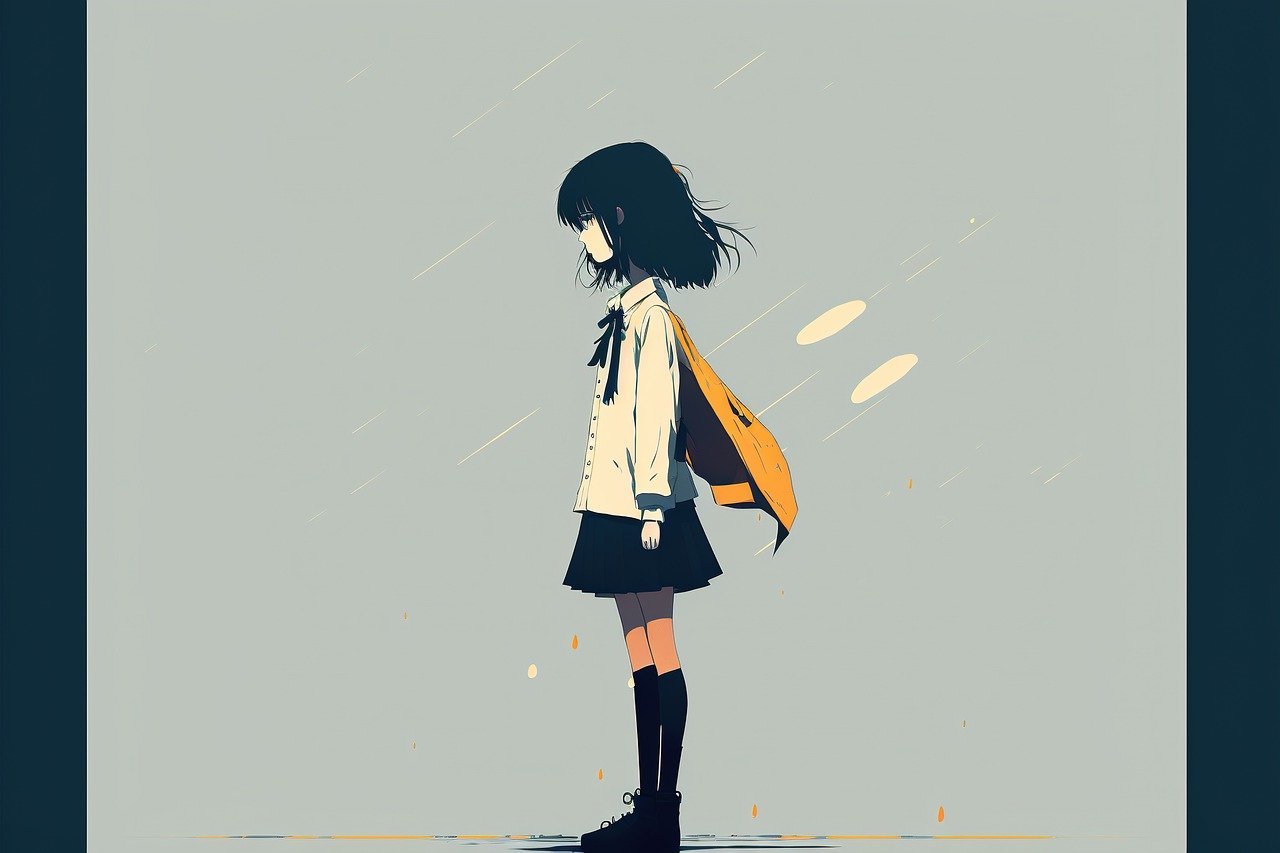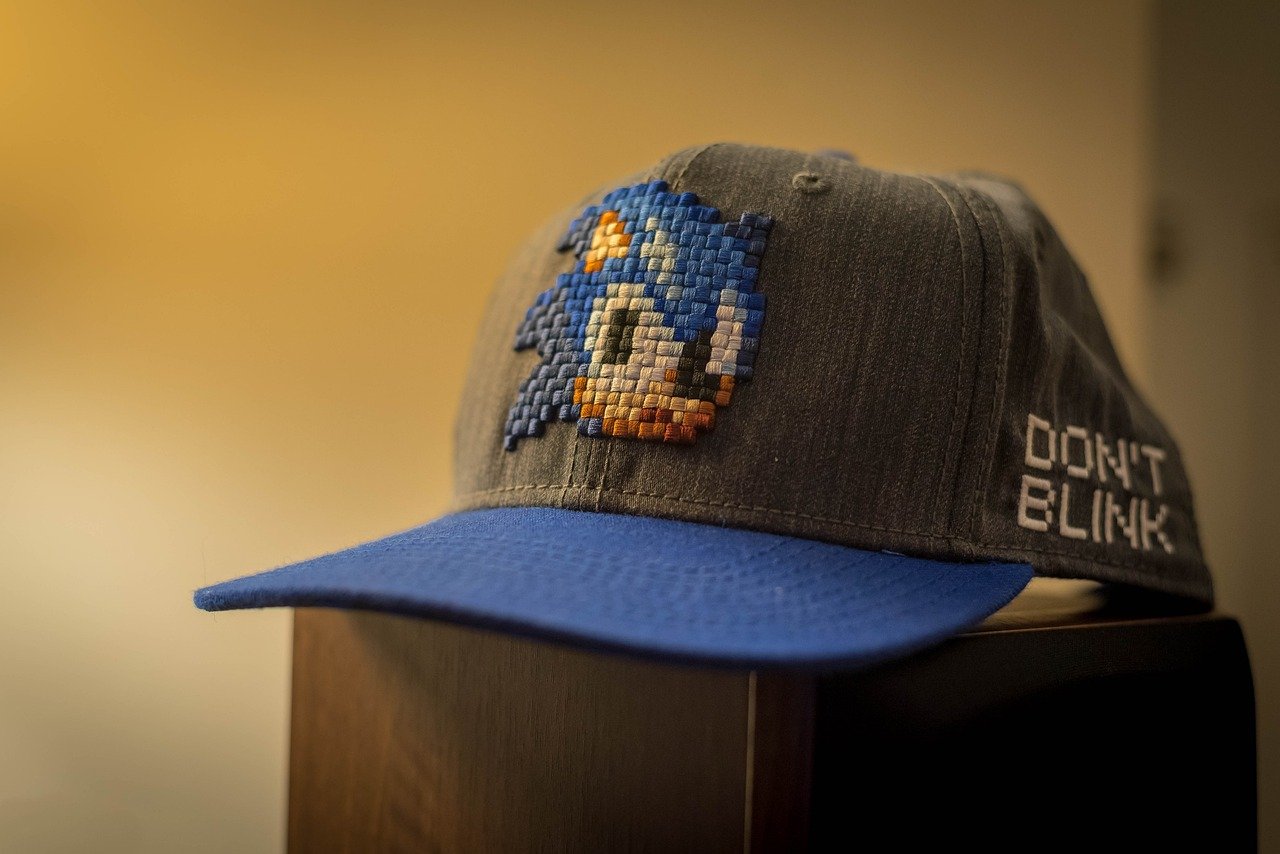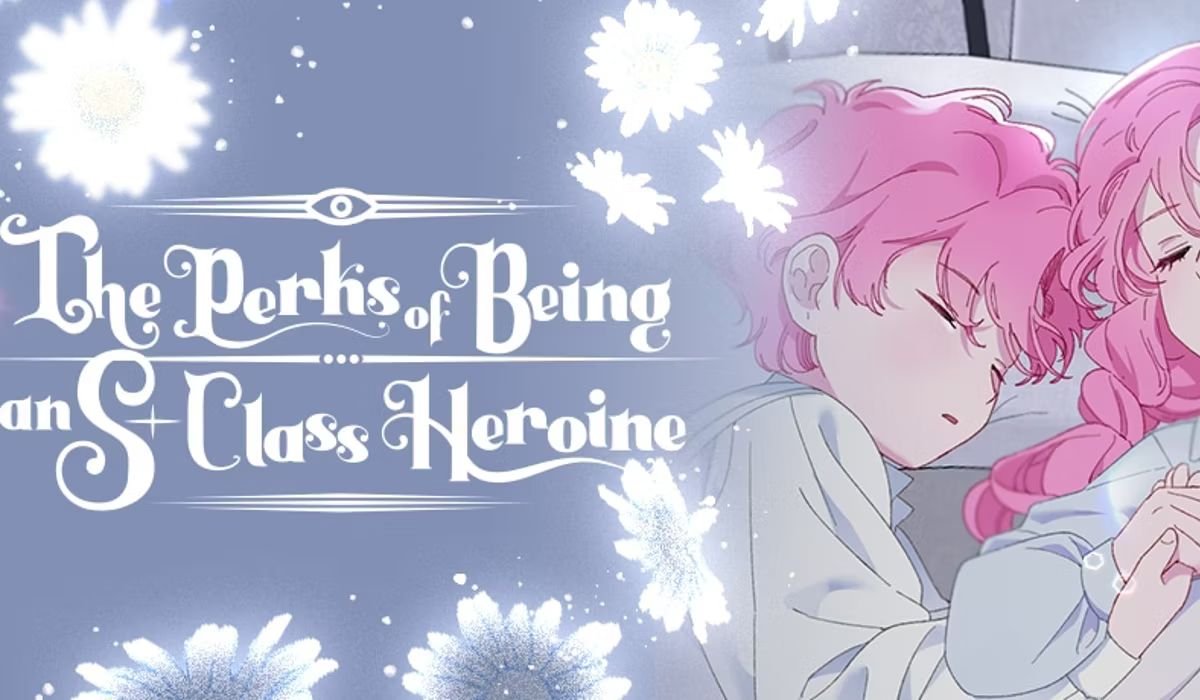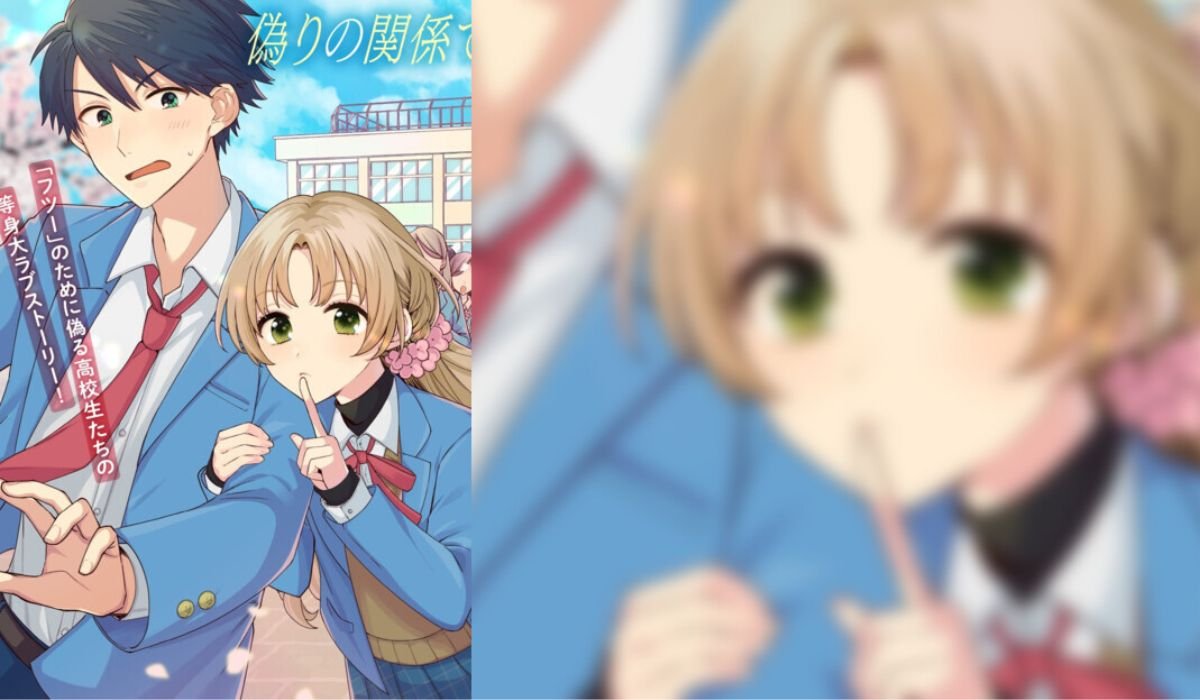Introduction Pulsamento
Have you ever felt a rhythm so steady that it seemed to echo the beat of your own heart? That’s Pulsamento for you. Originating from the Italian word “pulsare,” meaning “to pulse,” Pulsamento represents the steady heartbeat inherent in many facets of life. From the artistic brushstrokes on a canvas to the rhythmic patterns of music and dance, Pulsamento is a force that unites diverse realms.
In this blog post, we’ll explore how Pulsamento manifests in music, dance, the natural world, visual arts, and even in our daily routines. Whether you’re an art enthusiast, a music lover, or someone enchanted by the wonders of nature, you’ll discover the profound impact of this pulsating force.
Pulsamento in Music and Dance
In the world of music and dance, Pulsamento is the invisible thread that holds everything together. It’s the heartbeat that dictates the rhythm and tempo, creating an emotional connection between the performer and the audience. This consistent pulse is what allows dancers to synchronize their movements and musicians to harmonize their melodies.
Historically, Pulsamento has been at the core of many musical traditions. From the African drumming circles, where the beat is central to the storytelling, to the classical symphonies of Mozart and Beethoven, where Pulsamento serves as the foundation for complex orchestral arrangements. In contemporary music, genres like jazz and electronic dance music rely heavily on a steady beat to create a sense of flow and energy.
The impact of Pulsamento in music and dance goes beyond just rhythm. It also plays a crucial role in setting the mood and evoking emotions. A fast tempo can energize and uplift, while a slow, steady beat can calm and soothe. This emotional connection is what makes music and dance such powerful forms of expression.
Pulsamento in the Natural World
Nature is a symphony of Pulsamento, with rhythms and cycles that govern the lives of plants, animals, and even the weather. Every ecosystem is a testament to this pulsating force, evident in the changing seasons, the ebb and flow of tides, and the migration patterns of birds and animals.
Pulsamento is the heartbeat of the natural world, manifesting in the life cycles of various species. Plants, for example, follow a rhythm dictated by sunlight and water, with flowers blooming in spring and leaves falling in autumn. Animals, too, have their own biological rhythms, with behaviors like hibernation and reproduction often linked to environmental cues.
Different ecosystems showcase Pulsamento in unique ways. In the rainforest, the constant hum of insects and the calls of birds create a dynamic soundscape. Meanwhile, in the desert, the rhythmic patterns of windblown sand dunes reflect nature’s ability to adapt and thrive in harsh conditions. Even weather patterns follow Pulsamento, with predictable cycles of rain, drought, and wind shaping landscapes and influencing species survival.
Pulsamento in Visual Arts
Visual arts interpret Pulsamento by capturing movement, rhythm, and energy within static forms. Artists often use patterns, repetition, and symmetry to evoke a sense of Pulsamento, drawing viewers into the artwork and engaging their senses.
Dynamic compositions are a hallmark of Pulsamento in visual arts. Consider how Vincent van Gogh’s swirling skies in “Starry Night” convey a sense of motion, or how Jackson Pollock’s drip paintings capture the chaotic energy of a splattered canvas. These artworks harness Pulsamento to create depth and dimension, inviting viewers to experience the rhythm within each piece.
Many contemporary artists continue to explore Pulsamento in innovative ways. Digital art, for instance, uses algorithms to generate patterns that mimic natural Pulsamento, while kinetic sculptures move in response to environmental stimuli. Artists like Yayoi Kusama, known for her immersive installations, use repetition and scale to create a rhythmic experience that captivates audiences.
The Intersection of Pulsamento
Across these disciplines—music, dance, nature, and art—Pulsamento serves as a unifying force that transcends boundaries. The intersections where these areas meet are where Pulsamento truly shines, offering endless possibilities for creative expression and collaboration.
One example is the fusion of music and nature in soundscapes, where natural sounds are blended with musical compositions to evoke a sense of place and emotion. Similarly, artists may incorporate elements of dance into their visual works, capturing the fluidity and grace of movement through brushstrokes or sculpture.
Pulsamento’s universal appeal lies in its ability to resonate with individuals from all walks of life. It speaks to our innate desire for harmony, balance, and connection, whether we find it in a classical symphony, a vibrant painting, or a serene natural landscape. Unique collaborations, such as those between musicians and visual artists, showcase the power of Pulsamento to inspire and unite diverse creative minds.
Pulsamento in Everyday Life
Beyond the realms of art and nature, Pulsamento can be appreciated and incorporated into daily routines. By recognizing the rhythms and patterns around us, we can cultivate a deeper awareness and appreciation for the world we inhabit.
One way to experience Pulsamento is through mindfulness practices like yoga or meditation, where the focus on breath and movement fosters a connection to the body’s natural rhythms. Similarly, engaging in creative activities like painting, dancing, or playing an instrument allows us to express our unique Pulsamento, tapping into the flow of creativity.
Incorporating Pulsamento into our lives can also mean adopting sustainable habits, aligning our actions with the natural cycles and rhythms of the planet. Whether it’s gardening, cycling, or simply taking time to observe the changing seasons, these practices help us attune to the pulsating heartbeat of the world.
YOU MAY ALSO LIKE
Drawing:a4z_-ymtkr8= cat: Cat Techniques and Tips for Artists
Conclusion
Pulsamento is more than just a concept; it’s a way of understanding and engaging with the world around us. Its presence in music, dance, nature, and art highlights its significance and versatility, offering endless opportunities for exploration and appreciation.
By recognizing and celebrating Pulsamento, we open ourselves to a deeper connection with our surroundings, fostering a sense of wonder and curiosity. Whether you’re drawn to the rhythm of a favorite song, the beauty of a natural landscape, or the intricacy of a work of art, Pulsamento invites you to pause, reflect, and engage with the pulse of life.
Take a moment to explore Pulsamento in your own life. Attend a live performance, visit an art exhibit, or spend time in nature, observing the subtle rhythms that shape our world. By doing so, you’ll discover the enduring impact and allure of Pulsamento, enriching your understanding and appreciation of life’s vibrant heartbeat.
FAQs About Pulsamento
- What is Pulsamento?
Pulsamento refers to the rhythmic and dynamic forces that govern natural ecosystems, art, and human expression.
- How can I experience Pulsamento in nature?
You can experience Pulsamento by observing natural rhythms such as seasonal changes, animal migrations, and weather patterns.
- In what ways is Pulsamento depicted in art?
Artists express Pulsamento through dynamic compositions, movement, and patterns that evoke a sense of rhythm and energy.
- How does Pulsamento manifest in music and dance?
In music and dance, Pulsamento is represented through tempo, rhythm, and the physical embodiment of energetic movements.
- Can Pulsamento influence daily life?
Yes, incorporating Pulsamento into everyday routines can enhance mindfulness and foster a deeper connection to the world











